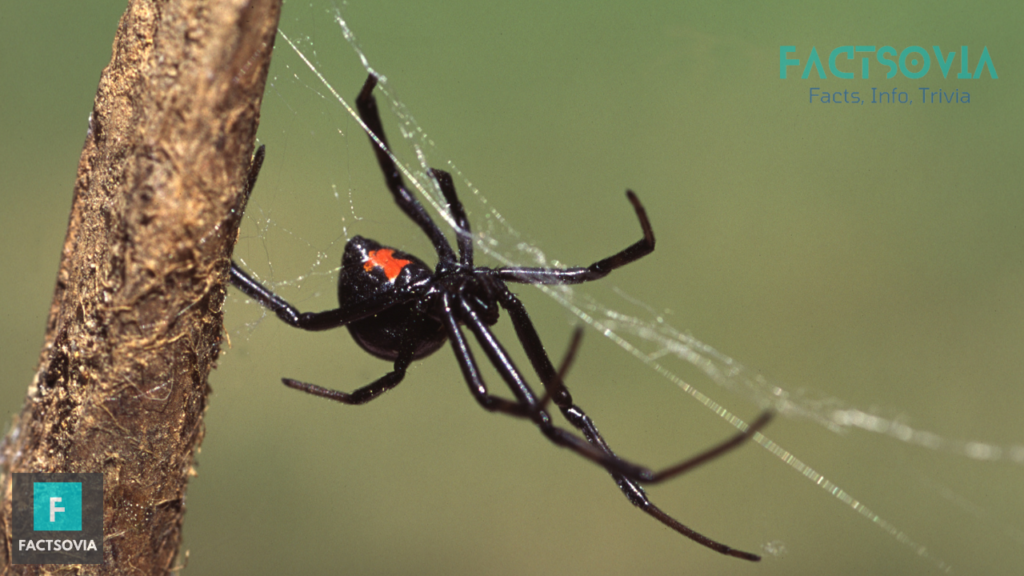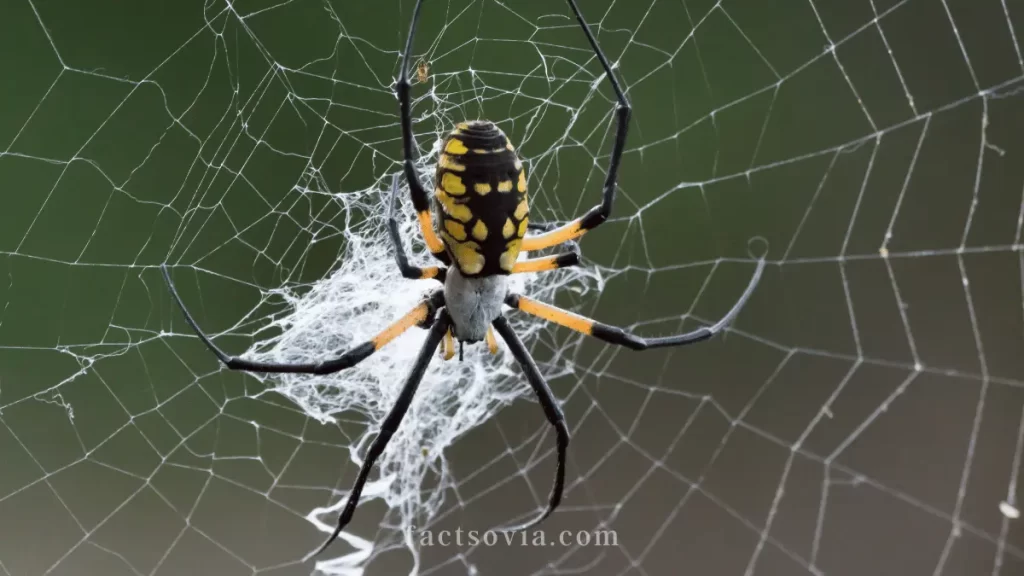We use affiliate links to run our site. When you buy through links on our site, we may earn an affiliate commission, without any added cost to you. Learn more
Have you ever wondered how much a spider weighs? It can be quite tricky to determine the exact weight of a spider and it turns out that this question has no single answer.
While studies suggest there is considerable variation in spider size, body composition, diet, and other factors could also come into play when assessing their weights.
In this blog post, we’ll explore all the elements that might impact the weight of a spider so you can get an estimated idea of just how heavy they really are!
Spider Anatomy
Spiders have a variety of distinct body parts that make up their anatomy.
The cephalothorax, which is the front part of the spider, combines the head and thorax together. This section contains all the important organs, such as eyes, mouthparts, nervous system, and respiratory organs.
Atop the cephalothorax lies the carapace, a hard exoskeleton that protects the spider from potential predators.
The abdomen is the back part of the spider and contains vital organs like the digestive system, spinnerets, and reproductive organs.
Lastly, spiders have eight legs attached to their cephalothorax which enable them to move with ease.
Breakdown of Average Spider Weight
The average spider weighs less than a gram and is composed of two main body parts: the cephalothorax and abdomen.
The cephalothorax accounts for around 60% of the spider’s total weight, while the abdomen makes up the remaining 40%.
Spiders can range from 0.03 grams to over 170 grams depending on their species.

Determining a Spider’s Unique Weight
Measuring the weight of spiders can be challenging due to their small size and lightweight nature. Researchers and scientists employ specialized equipment and techniques to accurately measure spider weights. Here’s a typical process for measuring spider weights:
- Sensitive Scales: To ensure accurate measurements of small spiders, researchers use highly sensitive scales capable of measuring in milligrams (mg) or micrograms (µg). These digital scales are designed to provide precise measurements for delicate objects.
- Taring: Before weighing the spider, a small container like a weighing dish or paper is placed on the scale, and the scale is “tared” or “zeroed” with the container in place. This step ensures that only the weight of the spider is measured, excluding the weight of the container.
- Transferring the Spider: The spider is carefully transferred into the container on the scale. It is crucial to handle the spider gently and minimize any movement that may affect the measurement.
- Recording the Weight: Once the scale stabilizes and provides a reading, the weight of the spider is recorded. Spider weights are typically recorded in milligrams (mg) or micrograms (µg) due to their lightness.
- Repeating for Accuracy: For scientific purposes or when high precision is required, the weighing process may be repeated with the same spider to ensure accuracy. Individual spiders can have slight variations in weight due to factors like recent feeding or hydration.
- Releasing the Spider: After obtaining the weight measurement and any additional necessary data, the spider is safely released back into its natural habitat.
It’s important to note that weight measurement is just one aspect of spider research. Researchers often integrate weight data with other information such as the spider’s size, species, gender, and ecological context to gain a comprehensive understanding of the spider’s biology and behavior.
When handling spiders, especially if their species is unknown, it is essential to exercise caution as some spiders can be venomous or exhibit defensive behaviors that may result in a bite. Researchers conducting spider studies typically possess the necessary training and expertise to handle these creatures safely and ethically.
Factors that Affect a Spider’s Weight
Diet
One of the primary factors that can affect a spider’s weight is its diet. Spiders are carnivores, meaning they primarily feed on other insects and arthropods.
The amount of food a spider consumes will directly influence its weight, as an increase in food intake will result in an increase in body mass.
Additionally, spiders that feed on larger prey items such as birds or rodents will generally be heavier than those that feed on smaller insects.
Environment
The environment in which a spider lives can also affect its weight. For example, spiders living in colder climates tend to have higher body weights than those living in warmer climates due to the fact that they need to store more energy to survive the winter months.
Additionally, spiders living in drier environments may have lower body weights due to the lack of moisture available for them to drink and absorb from their prey.

Age
The age of a spider can also influence its weight, as younger spiders tend to be lighter than older ones due to their smaller size and not yet fully developed bodies.
Additionally, older spiders may accumulate more fat reserves over time, leading them to weigh more than younger ones.
Gender
Gender also plays a role in determining a spider’s weight, as males tend to be lighter than females due to their smaller size and fewer fat reserves.
However, this difference is not always noticeable and can vary depending on the species of spider being studied.
Species
Finally, the species of spider can also affect its weight significantly since different species have different sizes and body compositions.
For example, some species such as tarantulas may weigh several hundred grams while other species such as jumping spiders may only weigh a few grams at most
| Spider Name | Weight |
|---|---|
| Dwarf Spider | 1.4 mg |
| Ground Spider | 2 mg |
| Orb Weaver Spider | 3 mg |
| Tangle Web Spider | 3.6 mg |
| Sac Spider | 3.8 mg |
| Crab Spider | 6.1 mg |
| Wolf Spider | 8.1 mg |
| Running Crab Spider | 8.6 mg |
| Jumping Spider | 10.7 mg |
| Brown Recluse | .75 g |
| Black Widow | 1 g |
| Pink Toe Tarantula | 35 g |
| Goliath Birdeater | 170 g |
What is the largest and heaviest spider?
The Goliath birdeater spider (Theraphosa blondi) is renowned as one of the largest spiders on Earth. Inhabiting the lush rainforests of South America, specifically parts of Brazil and Venezuela, this tarantula species captivates attention with its impressive size.
With a leg span reaching up to 11 inches (28 centimeters) and a weight of approximately 6 ounces (170 grams) or more in certain cases, the Goliath birdeater spider stands out as a heavyweight contender in the arachnid world.
However, it’s important to note that their weight can vary depending on factors like age, gender, and environmental conditions.
As one of the heaviest spiders known to mankind, the Goliath birdeater spider showcases the marvels of nature and its diverse creations found within the depths of the rainforest.
What is The Lightest spider:
Patu marplesi is an endemic species of small spiders found in Samoa. It holds the distinction of being the world’s smallest spider, with a male legspan measuring a mere 0.46 mm (0.018 in).
Conclusion
Spiders have a variety of distinct body parts that make up their anatomy which contribute to their overall weight. Factors such as diet, environment, age, gender and species can all influence a spider’s weight, with some species being heavier than others.
Understanding the anatomy of spiders is essential in order to gain insight into how they function and interact with their environment.
Amazon and the Amazon logo are trademarks of Amazon.com, Inc, or its affiliates.
